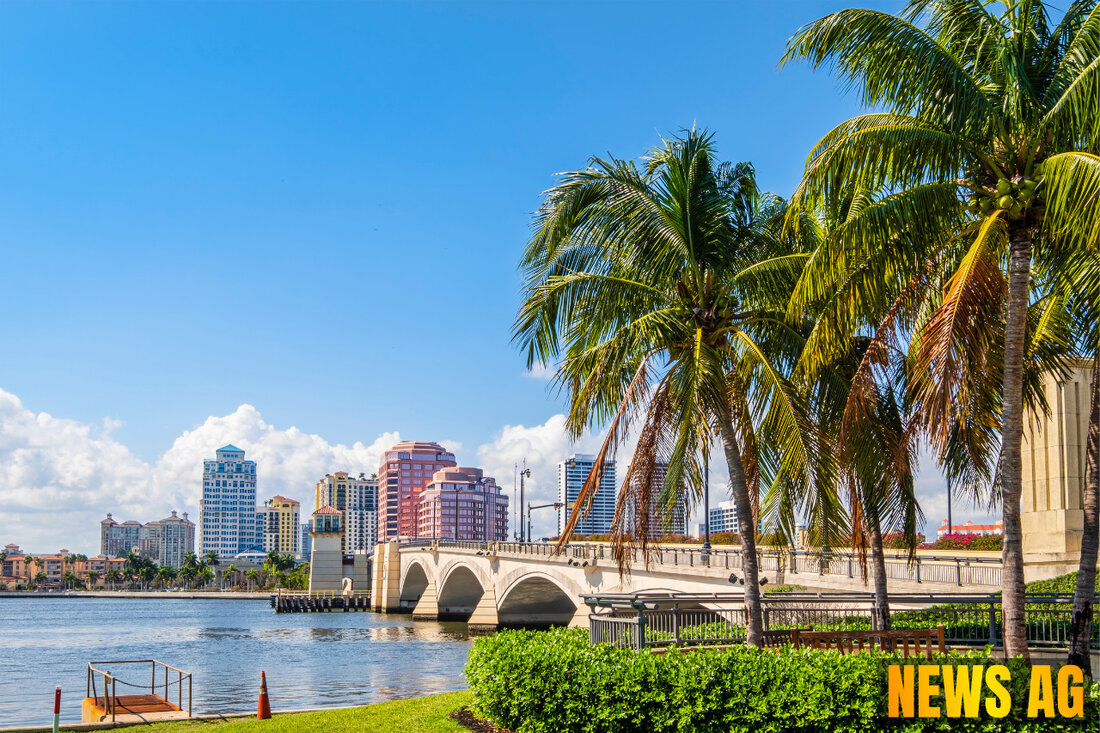United Methodist Church Closes 26 Alabama Churches, Atmore Impacted

Baldwin County, Alabama, USA - The recent decisions by the Alabama-West Florida Conference of the United Methodist Church have sent shockwaves through local congregations. In a decisive vote, the conference announced plans to close 26 churches in south Alabama and one in the Florida Panhandle. Among those affected are Flomaton United Methodist Church on Palafox Street and McRae Street United Methodist Church in Atmore, marking profound changes for the communities involved. The decision was formalized during a meeting held at First United Methodist Church in Pensacola, where various matters affecting the local church bodies were discussed.
Declining membership numbers and property disputes were cited as major reasons behind the closures. Many of these churches, including those being shuttered in the North Escambia area, have struggled with shrinking congregations in recent years. However, it’s important to note that not all Methodist churches are closing. For instance, First Methodist Church Atmore will remain open, serving as a hopeful beacon in a time of uncertainty.
Context of the Closure Decisions
As detailed by sejumc.org, the annual conferences are gatherings that bring together local churches, laity, and clergy to discuss significant matters within the church framework. These annual meetings, which include strategy planning and accountability assessments for clergy, play pivotal roles in guiding church operations and resource allocation. They aim to equip congregations to fulfill their mission of making disciples of Jesus Christ for the transformation of the world.
During the recent session from June 8-10, vital discussions regarding church closures took center stage. Amid these conversations, some churches on the closure list have expressed resistance, asserting that they do not wish to close. The sentiments echoed by Dr. Cory Smith from Auburn United Methodist Church highlight a growing divide, as he noted that some of these churches have ceased to identify as Methodist while still occupying their buildings.
Local Reactions and Wider Implications
The ramifications of these closures extend beyond local congregations. Many churches, like those in Barbour and Russell Counties, have started the transition of distancing themselves from the United Methodist affiliation. This shift is further complicated by the United Methodist Church’s „Trust Clause,“ which states that if a church was once part of the denomination, their properties and assets remain with the United Methodist Church. Reports indicate that ongoing legal issues are a significant hurdle for some churches that do not comply with this clause.
As the landscape of the church continues to evolve, with uncertainties looming over numerous congregations, space for dialogue has opened up among both those remaining under the United Methodist banner and those branching out under different affiliations. The closures mark not only physical changes in the communities but also a symbolic move in the ongoing debate regarding the future of the United Methodist Church.
The unfolding situation promises to be a key topic of discussion in the coming months as congregations adapt to their new realities while navigating the complexities of maintaining community spirit amidst substantial institutional changes.
| Details | |
|---|---|
| Ort | Baldwin County, Alabama, USA |
| Quellen | |
